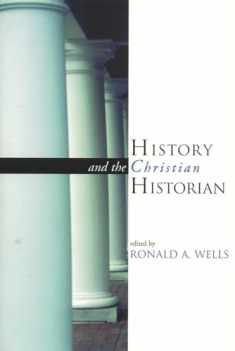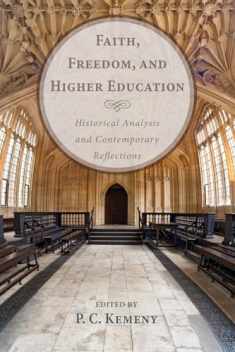
Public History: A Textbook of Practice
Book details
Summary
Description
Public History: A Textbook of Practice is a guide to the many challenges historians face while teaching, learning, and practicing public history. Historians can play a dynamic and essential role in contributing to public understanding of the past, and those who work in historic preservation, in museums and archives, in government agencies, as consultants, as oral historians, or who manage crowdsourcing projects need very specific skills. This book links theory and practice and provides students and practitioners with the tools to do public history in a wide range of settings. The text engages throughout with key issues such as public participation, digital tools and media, and the internationalization of public history.
Part One focuses on public history sources, and offers an overview of the creation, collection, management, and preservation of public history materials (archives, material culture, oral materials, or digital sources). Chapters cover sites and institutions such as archival repositories and museums, historic buildings and structures, and different practices such as collection management, preservation (archives, objects, sounds, moving images, buildings, sites, and landscape), oral history, and genealogy. Part Two deals with the different ways in which public historians can produce historical narratives through different media (including exhibitions, film, writing, and digital tools). The last part explores the challenges and ethical issues that public historians will encounter when working with different communities and institutions. Either in public history methods courses or as a resource for practicing public historians, this book lays the groundwork for making meaningful connections between historical sources and popular audiences.


We would LOVE it if you could help us and other readers by reviewing the book
Book review





